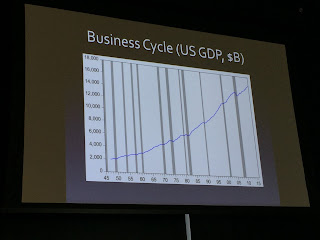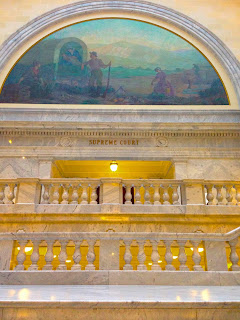 |
| Capitol Pic of the Day |
NOTICE: UPCOMING TOWN HALL MEETINGS
In addition to the seven town hall meetings held in 2015, I have scheduled six tentative meetings around the legislative session to keep you informed and to gather your feedback on important issues. I am also gathering input through another legislative survey. Please take the time to fill it out and provide your input (see below)
Dates and Times (Tentative Schedule):
Sat. January 23, 2016 – 2:00 to 3:30
Sat. January 30, 2016 – 2:00 to 3:30
Sat. February 6, 2016 – 2:00 to 3:30
Sat. February 20, 2016 – 2:00 to 3:30
Sat. February 27, 2016 – 2:00 to 3:30
Sat. March 19, 2016 – 2:00 to 3:30
(Meetings will be held at the West Valley Family Fitness Center on 5600 West and 3100 South)
2016 LEGISLATIVE SURVEY
Please click on this link to provide your input on various important issues in preparation for the upcoming 2016 legislative session.
COMMISSION FOR THE STEWARDSHIP OF PUBLIC LANDS
The Commission for the Stewardship of Public Lands met on Wednesday, December 9th. The commission adopted guiding principles by which to lead the vision and actions of the commission going forward. Since 2012, there have been 30 bills passed on the topic of public lands. Five were enacted that specifically explore the proposed transfer of public lands.
The commission met to review the legal analysis prepared by the hired consulting team. The legal analysis outlines four applicable legal theories that could be used to proceed forward with a case to challenge the status quo.
The commission passed a motion to direct the legal consulting team to prepare a draft complaint to forward to the Attorney General's Office. The Attorney General will then decide if and when the complaint will go forward.
OTHER RELATED CAP HAPS
Earlier this month, I joined Auditor John Dougall and Representative Craig Hall at a monthly Salt Lake Pacific Island Business Alliance meeting and learned about some of the great small businesses run by Pacific Islander business owners in the valley. I look forward to attending future meetings.
SCHOOL VISITS
This month, I visited Monroe Elementary, Mana Academy, American Preparatory Academy and Esperanza Elementary. I will continue to meet with schools through January in an effort to hear additional feedback prior to the upcoming legislative session.
I am grateful to the principals of the schools in our district who take the time to meet with me to review the issues that are important to them. It makes a difference for me to hear directly from them on their perspective of the various policies that the Legislature passes and the subsequent impacts to their schools.
OTHER EVENTS
It was an honor to be recognized as Legislator of the Year by the Women's Republican Club of Salt Lake. Congresswoman Mia Love and Val Ziegler were also recognized for other awards. This group is the oldest existing women's Republican group in the nation and it recently appointed a new board. I look forward to watching this group do great things going forward.
2015 SUMMARY of DELIVERABLES
When I ran for office, I laid out my plan of the things I wanted to accomplish in the areas of economic development, education, quality growth, and good governance. Here are some deliverables of my first year in office.
- Visited 11 schools in the district.
- Held 6 town hall meetings.
- Participated in 19 speaking engagements.
- Wrote 21 blog updates to keep constituents informed.
- Conducted a district-wide survey to gather feedback from constituents.
- Joined the Salt Lake County Mayor's Global Cities Initiative Steering Committee, to assist in advancing our global competitiveness.
- Successfully passed 3 bills advancing issues in the areas of economic development, education, quality growth and good governance.
- Institutionalized a House of Representatives recognition program for the Girl Scouts Gold Award recipients, similar to the existing Eagle Scouts recognition program.
- Numerous constituent responses, including email, social media communications, phone calls, face-to-face visits, and requested visits and meetings.
Thank you for the opportunity to serve as your state representative. I look forward to working with you to make 2016 a great year.





































